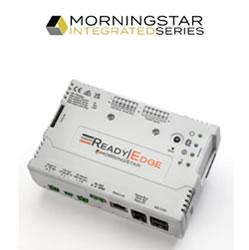U.S. Solar Industry Records Second Largest Quarter Ever
Invest in solar power for just $25
SolarCity, Using Tesla Batteries, Aims to Bring Solar Power to the Masses
Hitachi Develops All-in-One Container-Type Energy Storage System
EU Nations Approve Pact With China on Solar-Panel Trade
The US has 43 nuclear power plants' worth of solar energy in the pipeline
SolarCity Completes Industry's First Securitization of Distributed Solar Energy
GE Promises More Wind Power Without New Turbines
Obama admin. not prosecuting wind farms for bird deaths
Utilities Spend Big In Arizona Solar Energy Fight As Final Decision Looms
After Fukushima, Japan Finds Beauty in Solar Power
Fukushima Floating Offshore Wind Turbine Starts Generating
Microinverters and DC Power Optimizers Will Reach Nearly $2 Billion in Annual Revenue by 2020, Forecasts Navigant Research
Microsoft buys first wind PPA in green push
SunPower Buys Greenbotics for Solar Panel Washing Robots
Records 1561 to 1575 of 2267
First | Previous | Next | Last
Featured Product

